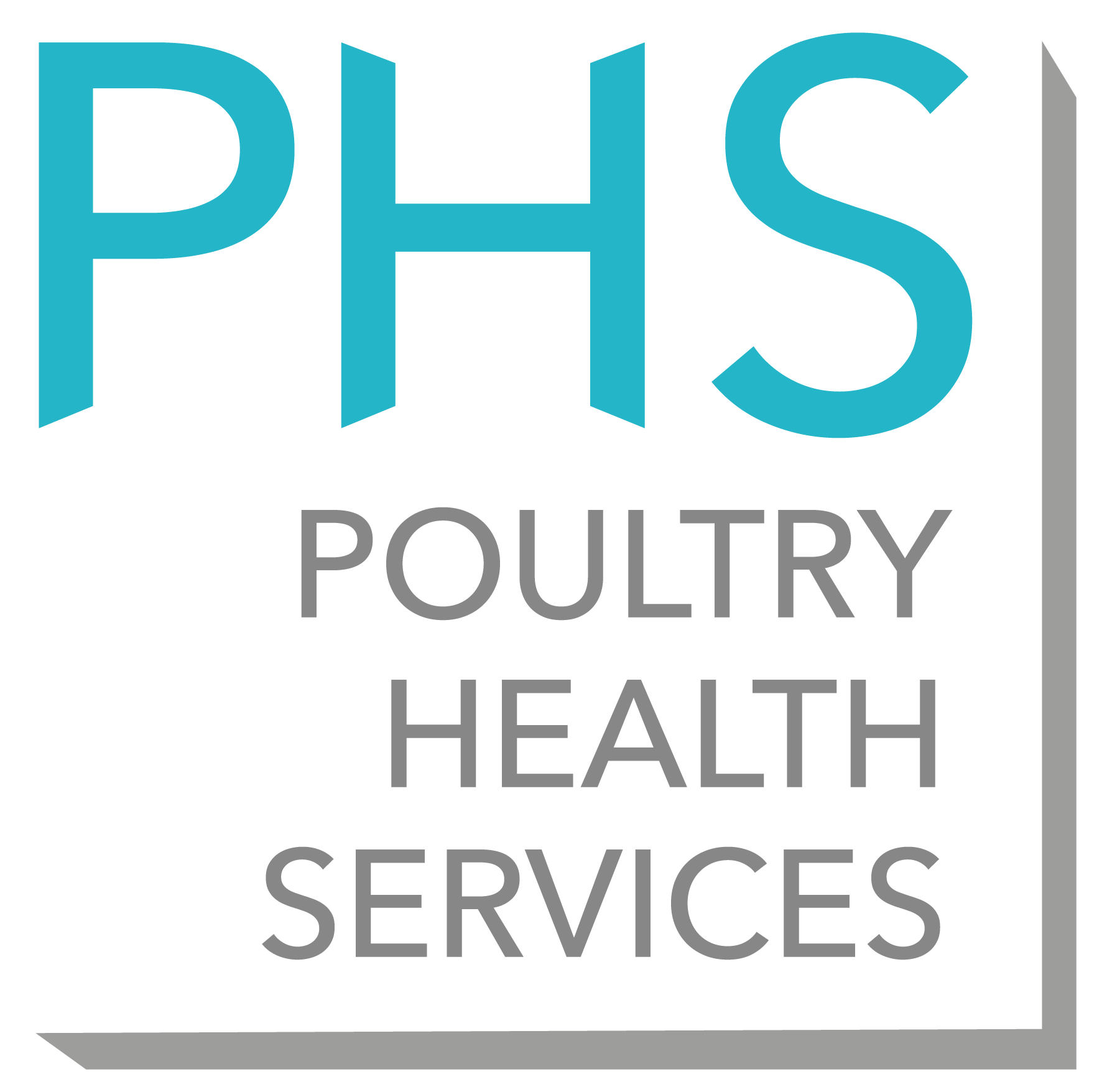Respiratory
HERPESVIRUS
Herpesvirus
Symptoms
Affects all ages of pigeon. Although clinical diseases tends to occur when birds are one to six months.
Birds may carry this disease without any symptoms, excrete it intermittently then spread it to those not infected.
- Eye and nasal discharge.
- Yellow/white debris in mouth.
- Difficulty breathing.
- Green watery droppings.
- Decreased breeding performance.
- Mortality within two days of symptoms is possible in up to 15% of loft.
Diagnostics
A PCR test is available to test faeces for the virus.
Treatment
Supportive: give electrolytes in water.
Secondary disease, such as bacterial disease, canker or yeast, may cause problems. Look for and treat according to symptoms.
Prevention
Quarantine of incoming stock.
Remove sources of bird stress (other disease, predators, overcrowding).
Routine cleaning and disinfection of entire loft.
MYCOPLASMA
MYCOPLASMA
Mycoplasma is an intracellular bacterium which effects the respiratory system of pigeons.
It can cause poor performance in both racing and breeding birds. It is difficult to eradicate entirely and can become resistant to antibiotics easily.
Symptoms
- Sneezing/ face wiping on perches.
- Watery eyes/ conjunctivitis.
- Thickened eyelids.
- Swollen infra orbital sinuses/swelling around the eyes.
- Nasal discharge.
Diagnostics
Throat swab PCR.
Treatment
Treat with Doxycycline or Tiamulin for five days if clinical signs become apparent. Once mycoplasma is in a loft, it is very difficult to eradicate. Retreating each time symptoms reoccur is an option but will reduce bird performance over time with continued antibiotic use. The mycoplasma may become resistant to the antibiotic.
All treatments should be performed only after consultation with a vet.
Electrolytes and vitamins can help to reduce symptoms.
In severe cases euthanasia may be necessary.
Prevention
Remove mycoplasma positive birds from the flock.
Isolate new arrivals for at least two weeks and monitor closely for respiratory illness.
Reduce pressure from diseases such as coccidiosis, worms, trichomonas and PPMV by carrying out testing, vaccination and treatment.
Good biosecurity: not allowing access to the loft for people who have been in contact with pigeons within the last 24 hours & reducing contact with wild birds.
Regular cleaning and disinfection.
ASPERGILLOSIS
ASPERGILLOSIS
Mainly caused by the fungal agent Aspergillus fumigatus, which is ubiquitous in the environment.
Disease occurs when birds are exposed to high levels of spores or the immune system of the bird is compromised due to stress or infected with other diseases.
Symptoms
- Poor performance.
- Weight loss.
- Difficulty/laboured breathing.
Diagnosis
Post-mortem findings.
Culture of the aspergillus fungus from an affected body tissue.
Histology of the affected tissues (usually the air sacs and lungs).
Treatment
Recovery of infected birds is slow and often unsuccessful despite treatment so return to racing fitness is unlikely.
Antifungal treatment in pigeons will not be licensed but can be attempted on veterinary advice where deemed necessary.
Prevention and Control
Monitor and address any diseases that may cause immunosuppression or stress in pigeons.
Check the loft for good ventilation. As a rule, if there is an excessive amount of dust/cobwebs or condensation in the mornings within the lofts there will be insufficient air flow. However, beware creating a draft.
Clean and disinfect the loft regularly to reduce the levels of spores in the environment.
CHLAMYDIA
CHLAMYDIA
This disease is a zoonosis. It can cause fever, headaches, pneumonia, meningitis and sometimes even death in humans.
Take extra precautions when handling birds positive for chlamydia, such as wearing gloves, overalls and facemasks. If you have any concerns about your health please contact your GP.
Symptoms
- Affects all ages of birds but clinical disease is worst in young birds.
- Conjunctivitis: Wet eyes, swollen eyelids and sometimes third eyelid protrusion.
- Nasal discharge.
- Gaping/noisy breathing.
- Poor performance.
- Diarrhoea/green faeces.
- Excessive drinking.
- Reduced fertility.
Diagnostics
PCR on pooled sample of faeces.
Treatment
Five-day course of doxycycline. However course may need to be repeated if symptoms persist.
Routine testing is advised after treatment to identify if infection is still present.
Prevention
Healthy birds can carry and spread the disease. Contact between birds of unknown disease status and your own birds is a risk.
Ensure stress factors are kept to a minimum, the following must be looked at:
- A thorough cleaning and disinfection protocol to reduce disease pressure
- Stocking density: is your loft overcrowded?
- Environment: is your ventilation adequate? As a rule, you shouldn’t have cobwebs forming if you having a good throughput of air. Does the loft smell of ammonia? Is it overly dusty?
- Disease control: ensuring absence of other disease such as trichomonas and paramyxovirus will allow birds immune systems to fight off incoming chlamydia more easily.
